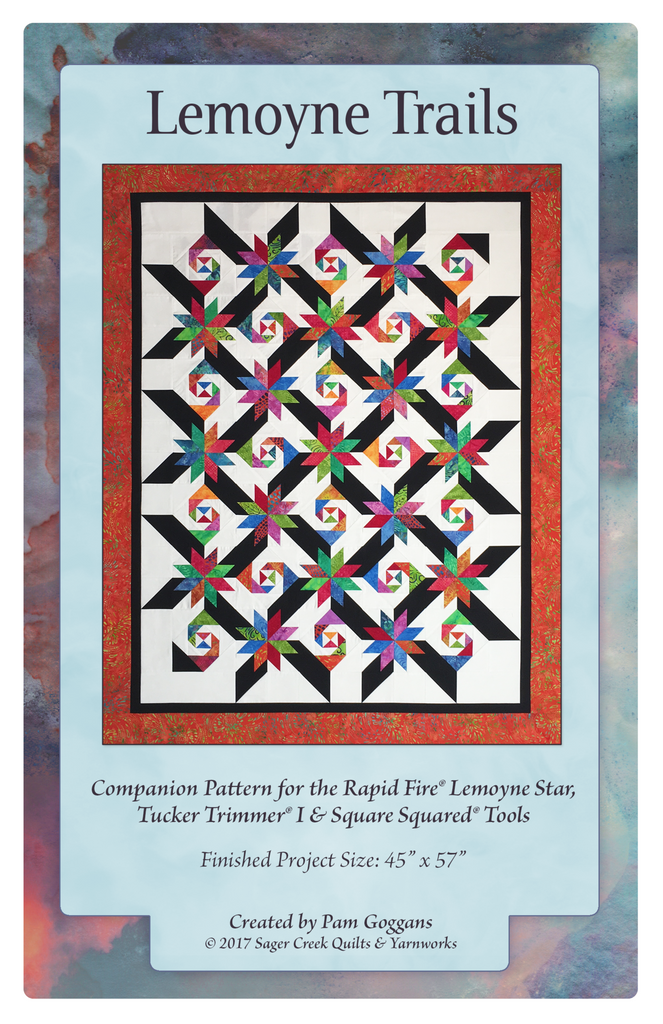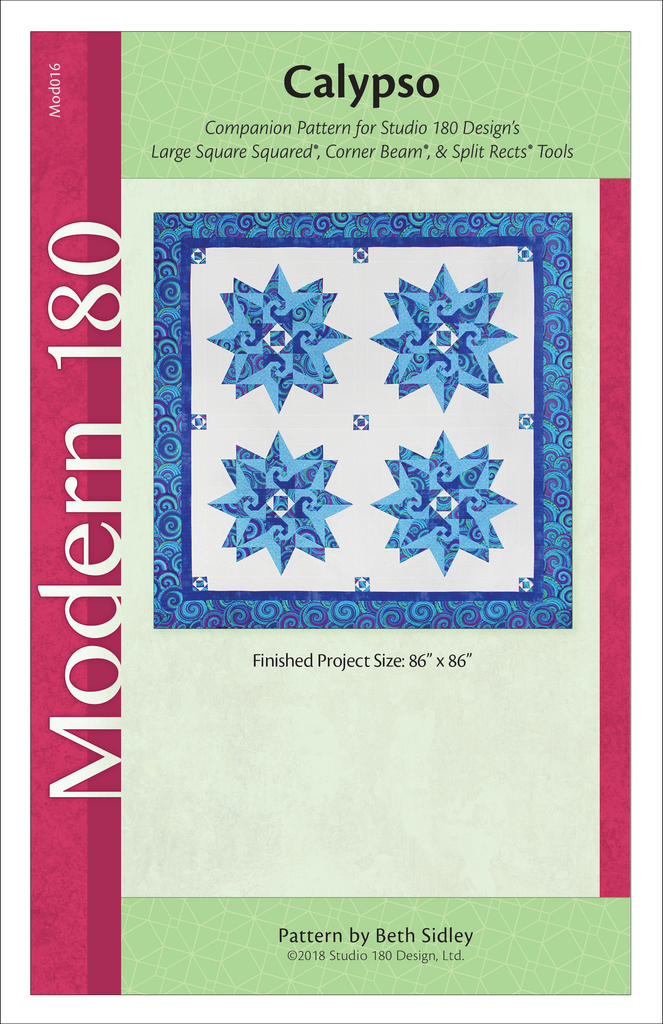The Island Batik Ambassadors were tasked for July to make an Artsy Project. This project must use at least three different weights of Auriful Thread.
I took a slightly different route for my project this month from my other Island Batik Ambassadors. I decided since I will be attending Sue Pelland Certified Instructor training next week, I thought it would be fun to do a useful project using her Hearts and More Templates. My idea was to make a sampler of all the different Curved-Edge Heart that were listed in the Appendix of her Hearts and More Rotary Cut Applique Book.
In this project, along with using varies scraps of Island Batik fabrics. I used 4 different weights of Aurifil threads that were provided to me from the company itself. The color I'm using is 5006, and the weights I used are 12wt, 28wt, 40wt, and 50wt Cotton threads.
I started my project off with pre-quilting my fabrics so my fusible project and decorative stitching would show on both sides. The fabric I chose for the project is called "Rice" from the Island Batik Foundation Neutral Collections.
So, using the walking foot on my Bernina 580B and Auriful thread 50wt match thread I began quilting squares into my fabric.
Once I had the fabric quilted. I used MistyFuse Fusible on back of my Island Batik Fabric from past projects and cut and fused the hearts to my quilted fabric. Each color represented a different template and size. I used Blue tape to temporary mark which template and the marking I used in the project.
Time to start stitching. My idea was to use a different weight on each of the various templates I used.
I started off working with Cotton 50wt Thread. I usually use this weight of thread for my piecing and Marching applique fabrics. I used an 80/12 Microtex Schmetz needle in my machine. The bobbin was also the 50wt thread.
28wt Cotton thread was next in my decorative stitches. It is recommended to use a 50wt thread in the bobbin and a 90/14 needle. I used a Schmetz Microtex 90/14 needle. The stitches were different sizes of blanket stitches.
Next, up was the 40wt Cotton thread, where I used some decorative stitches that I had not tried before. Using a Schmetz Microtec 80/12 needle and 50wt in the bobbin once again.
The final thread I used was 12wt cotton. I love the feel of this thread, it is very similar to floss and worked great for the decorative stitches I chose to use on these hearts. This weight works great for hand embroidery and cross-stitching as well. I used a Schmetz 90/14 microtex needle and 40wt in the bobbin.
I found that all these Aurifil threads work great for machine applique decorative stitching. I recommend that you refer to the Aurifil Product Guide to find the correct weight of thread and needle size for your project.
I finished up by binding my sampler using 50wt thread. And using a Pigma Micron Pen to write all the necessary templates and sizes in the Curved-Edge Heart.
Now I have a great visual reference of the different hearts that can be made using the Sue Pelland Hearts and More Templates, which will be a wonderful aid for some of my future quilt pattern designs.
See you in August for the Beat the Heat Blog Hop. Also, be sure to check out the other Island Batik Ambassador blogs list below.
Carolina Asmussen ~Carolina Asmussen
Gene Black ~ Gene Black
Pamela Boatright ~ PamelaQuilts
Connie K Campbell ~ Freemotion by the River
Anja Clyke ~ Anja Quilts
Tina Dillard ~ Quilting Affection Designs
Becca Fenstermaker ~Pretty Piney
Jennifer Fulton ~ Inquiring Quilter
Barbara Gaddy ~ Bejeweled Quilts by Barb
Dione Gardner-Stephen ~ Clever Chameleon
Sarah Goer ~ Sarah Goer Quilts
Vasudha Govindan ~ Storied Quilts
Lori Haase ~ Dakota City Quilter II
Joanne Hart ~ Unicornharts
Mania (Magdalini) Hatziioannidi ~ Mania for Quilts
Carla Henton ~ Creatin in the Sticks
Stephanie Jacobson ~ Steph Jacobson Designs
Connie Kauffman ~ Kauffman Designs
Joan Kawano ~ Moosestash Quilting
Kim Lapacek ~ Persimon Dreams
Emily Leachman ~ The Darling Dogwood
Leanne Parsons ~ Devoted Quilter
Bea Lee ~ BeaQuilter
Toby Lischko ~ Gateway Quilts & Stuff
Bill Locke ~ Studio Bill Locke
Denise Looney ~ For the Love of Geese
Leah Malasky ~ Quilted Delights
Sally Manke ~ Sally Manke
Maryellen McAuliffe ~ Mary Mack's Blog
Kathleen McCormick ~ Kathleen McMusing
Carol Moellers ~ Carol Moellers Designs
Karen Neary ~ Sew Karen-ly Created
Lisa Nielsen ~ Lisa Lisa and the Quilt Jam
Jackie O’Brien ~ If These Threads Could Talk
Laura Piland ~ Slice of Pi Quilts
Michelle Roberts ~ Creative Blonde
Vicki Schlimmer ~ Vicki's Crafts and Quilting
Gail Sheppard ~ Quilting Gail
Sherry Shish ~ Powered by Quilting
Anita Skjellanger ~ Quilt in a not-Shell
Laticia "Tish" Stemple ~ Tish's Adventures in Wonderland
Jennifer Strauser ~ Dizzy Quilter
Jennifer Thomas ~ Curlicue Creations
Terri Vanden Bosch ~ Lizard Creek Quilts
Alison Vermilya ~ Little Bunny Quilts
Sandra Walker ~ mmm! quilts
Suzy Webster ~ Adventurous Applique and Quilting
(Debora) Anne Wiens ~ Seams like a Plan
Geraldine Wilkins ~ Living Water Quilter
Janet Yamamoto ~ Whispers of Yore
See you next month,
Tina
"Designs to Inspire"































































